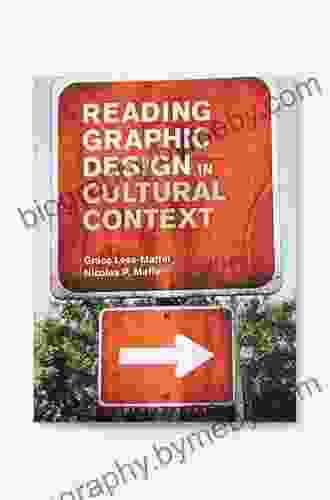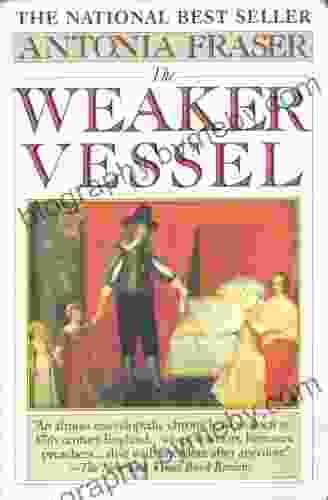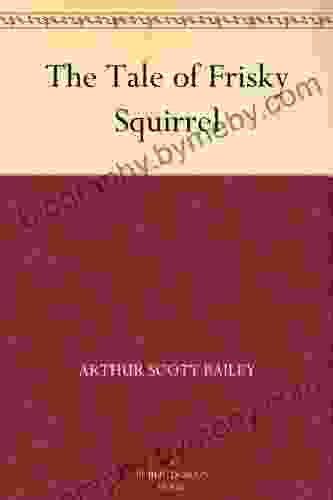Women's Lot in Seventeenth-Century England: Uncovering the Hidden Narratives

4.3 out of 5
| Language | : | English |
| File size | : | 7449 KB |
| Text-to-Speech | : | Enabled |
| Screen Reader | : | Supported |
| Enhanced typesetting | : | Enabled |
| Word Wise | : | Enabled |
| Print length | : | 936 pages |

The 17th century marked a pivotal period in English history, characterized by immense political, social, and economic transformations. While the narratives surrounding men and their experiences during this era have been widely documented, the lives of women have often been relegated to the sidelines. This article aims to shed light on the hidden narratives of women in 17th-century England, exploring the complex realities that shaped their daily existence.
Social Hierarchy and Gender Roles
The social hierarchy of 17th-century England was deeply patriarchal, with men firmly in positions of power and privilege. Women occupied subordinate roles, restricted to the domestic sphere. The concept of "separate spheres" dictated that women's primary responsibility was to manage the household and raise children, while men handled public affairs and education.
Women's social status was largely determined by their relationship to men. Unmarried women faced limited opportunities and were often subject to the control of their fathers or guardians. Upon marriage, women became the legal property of their husbands, losing most of their independent rights and autonomy.
Economic Roles
While women's economic opportunities were limited compared to men, they still played significant roles in the economy. Many women worked as servants, nurses, or midwives. Some engaged in small-scale trade or craft production, such as brewing, spinning, or weaving.
However, women's economic contributions were often undervalued and unpaid. They were typically paid less than men for the same work and had little control over their earnings. Despite these obstacles, some women managed to achieve financial independence through inheritance, trade, or skilled professions.
Education and Literacy
Access to education for women in 17th-century England was limited. While some wealthy families did provide education to their daughters, the majority of women remained illiterate. The Puritan movement emphasized the importance of literacy for both boys and girls, but this influence was primarily confined to elite circles.
Despite these limitations, a few women did manage to acquire an education. They often received private tutoring or studied with their brothers or husbands. Some women even wrote and published their own works, such as the poet Anne Bradstreet and the philosopher Mary Astell.
Legal Status and Property Rights
Women in 17th-century England had very limited legal rights and property ownership. Under the doctrine of coverture, married women were considered legally subordinate to their husbands. They could not own property, make contracts, or sue in their own names.
However, some women found ways to navigate the legal system and secure their interests. Some wealthy widows used trusts to protect their property and maintain their independence. Others filed legal petitions to seek justice or protect their children's inheritance.
Cultural Influences and Beliefs
The cultural landscape of 17th-century England was deeply influenced by religious beliefs and societal norms. Women were expected to be submissive, modest, and chaste. They were often seen as intellectually inferior to men and were discouraged from pursuing higher education or careers outside the home.
The rise of Puritanism emphasized the importance of female virtue and domesticity. Women were expected to fulfill the role of "godly housewives," responsible for maintaining a pious and Free Downloadly household.
Marriage and Family
Marriage was a crucial aspect of women's lives in 17th-century England. It was considered a social obligation and a way for women to secure financial protection. However, many marriages were arranged by parents or guardians, and women had little say in choosing their partners.
Once married, women were expected to bear children and raise a family. Childbirth was often a dangerous experience, and many women died in childbirth or from related complications. Women also faced limited legal recourse in cases of domestic violence or marital abuse.
Women's Agency and Resistance
Despite the oppressive social and cultural norms, women in 17th-century England still found ways to exercise agency and resist the constraints imposed upon them. Some women engaged in public protests, petitioned for their rights, or pursued unorthodox careers. Others used their writing and artistic talents to challenge prevailing gender roles and stereotypes.
While overt forms of resistance were often met with resistance, women also employed more subtle strategies. They used their wits, negotiating their way within the confines of society while quietly challenging its conventions.
The lives of women in 17th-century England were complex and multifaceted. While they faced significant challenges and limitations due to their gender, they also displayed resilience, resourcefulness, and a determination to shape their own destinies. Their stories, often overlooked in historical narratives, offer valuable insights into the social, economic, and cultural realities of this transformative period.
By uncovering the hidden narratives of women in 17th-century England, we gain a fuller understanding of the human experience during this era and the ongoing struggle for gender equality.
4.3 out of 5
| Language | : | English |
| File size | : | 7449 KB |
| Text-to-Speech | : | Enabled |
| Screen Reader | : | Supported |
| Enhanced typesetting | : | Enabled |
| Word Wise | : | Enabled |
| Print length | : | 936 pages |
Do you want to contribute by writing guest posts on this blog?
Please contact us and send us a resume of previous articles that you have written.
 Book
Book Novel
Novel Page
Page Chapter
Chapter Text
Text Story
Story Genre
Genre Reader
Reader Library
Library Paperback
Paperback E-book
E-book Magazine
Magazine Newspaper
Newspaper Paragraph
Paragraph Sentence
Sentence Bookmark
Bookmark Shelf
Shelf Glossary
Glossary Bibliography
Bibliography Foreword
Foreword Preface
Preface Synopsis
Synopsis Annotation
Annotation Footnote
Footnote Manuscript
Manuscript Scroll
Scroll Codex
Codex Tome
Tome Bestseller
Bestseller Classics
Classics Library card
Library card Narrative
Narrative Biography
Biography Autobiography
Autobiography Memoir
Memoir Reference
Reference Encyclopedia
Encyclopedia Anthony Crawforth
Anthony Crawforth Leonard Downie Jr
Leonard Downie Jr Arrigo Cipriani
Arrigo Cipriani Anna Cavallo
Anna Cavallo Colette Bancroft
Colette Bancroft L T Vargus
L T Vargus David N Blank Edelman
David N Blank Edelman Anthony Ryder
Anthony Ryder April Stephens
April Stephens Neva Sullaway
Neva Sullaway Monika Parciak
Monika Parciak Arin Murphy Hiscock
Arin Murphy Hiscock Helen Epstein
Helen Epstein J Douglas Holladay
J Douglas Holladay Michael R Canfield
Michael R Canfield Anne Mccaffrey
Anne Mccaffrey Art Garner
Art Garner Anthony Mancuso
Anthony Mancuso Anne Cattaneo
Anne Cattaneo Anonion Vu
Anonion Vu
Light bulbAdvertise smarter! Our strategic ad space ensures maximum exposure. Reserve your spot today!

 Eugene ScottReading Graphic Design In Cultural Context: Unraveling the Tapestry of Visual...
Eugene ScottReading Graphic Design In Cultural Context: Unraveling the Tapestry of Visual...
 Charles BukowskiUnleash Your Inner Strength with "Endurus Forged Alliance" by Anthony James
Charles BukowskiUnleash Your Inner Strength with "Endurus Forged Alliance" by Anthony James Clarence MitchellFollow ·16k
Clarence MitchellFollow ·16k Jedidiah HayesFollow ·14.5k
Jedidiah HayesFollow ·14.5k George R.R. MartinFollow ·19.7k
George R.R. MartinFollow ·19.7k Hamilton BellFollow ·18.2k
Hamilton BellFollow ·18.2k Hugh ReedFollow ·6.4k
Hugh ReedFollow ·6.4k Don ColemanFollow ·6.2k
Don ColemanFollow ·6.2k Eli BrooksFollow ·5.1k
Eli BrooksFollow ·5.1k Ervin BellFollow ·6.2k
Ervin BellFollow ·6.2k

 Juan Rulfo
Juan RulfoThe Easy Ingredient Ketogenic Diet Cookbook: Your...
Embark on a culinary adventure that...

 Zachary Cox
Zachary CoxDepression Hates a Moving Target: A Groundbreaking...
Depression...

 Colin Richardson
Colin RichardsonUnleash Your Spine-Tingling Curiosity: Dive into the...
In the realm of...

 Evan Hayes
Evan HayesMarketing Fashion Portfolio: The Ultimate Guide to...
In the competitive world of fashion, it is...
4.3 out of 5
| Language | : | English |
| File size | : | 7449 KB |
| Text-to-Speech | : | Enabled |
| Screen Reader | : | Supported |
| Enhanced typesetting | : | Enabled |
| Word Wise | : | Enabled |
| Print length | : | 936 pages |












